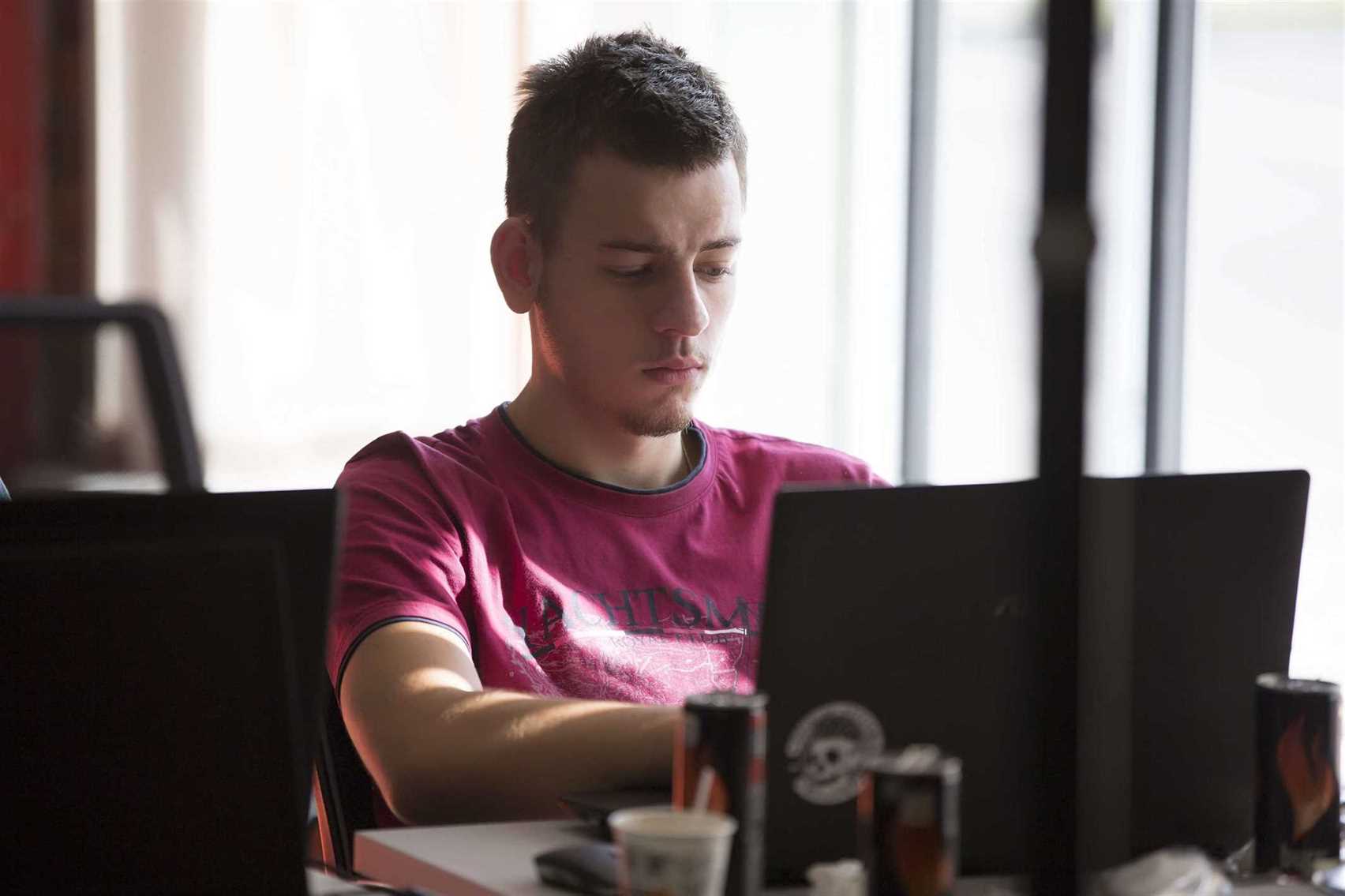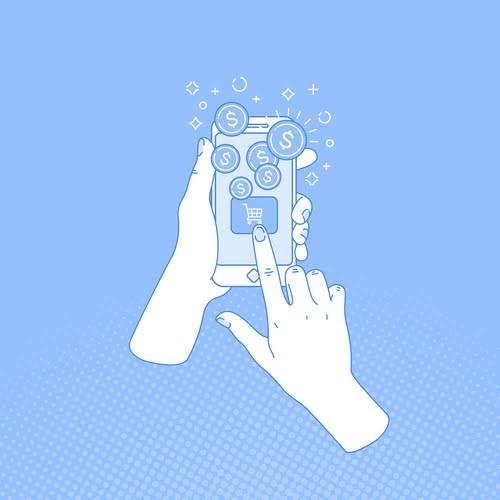The Five Stages of Team Development Principles of Management
This is a great time to reflect on what makes a high-performing team able to accomplish tasks and move through obstacles. Your team needs to communicate clearly and, rely on one another rather https://www.globalcloudteam.com/ than turn on each other. This is a crucial point in team development where leaders can pinpoint bottlenecks, areas of improvement and couple them with team strengths to build forward momentum.
- Another example might be the forming of a new team for the planning of the holiday party.
- Each of the team members may be moving onto new projects and teams.
- When a team gets together and begins a new project, they typically go through five stages that mark their growth and development.
- It is the job of the team leader to help see the team through these stages and to bring them to the point where they are working as effectively as possible toward a common goal.
- A good team contains a mix of different people for this very reason, as it helps to encourage new and unique ideas.
- This is a structured process designed for teams to explore the way they work together.
The team is already used to each other’s workflows, and most future disputes and conflicts generally become easier to overcome. The official (or unofficial) team leader takes a back seat much more than in the previous stages. As stages of team development with examples a result, the individual team members are given their chance to shine. If teams are able to maintain the norming stage without sliding back into destructive conflict, they will naturally transition toward the performing stage.
Run delightful meetings with Fellow
To do this, encourage your team members to engage in constant communication with one another. And this would lead to an increase in team’s productivity and performance. Before the discord and disharmony could eat deep into the team and revert it back to the storming stage, they are promptly resolved as they arise.

At this point, everyone is working together towards a common goal and producing predictable results regularly. If new issues arise, they no longer threaten the team’s performance but are dealt with constructively. When you think of the term team development, a few things probably come to mind. You likely think of how a team facilitates continuous growth, works to develop new skills, and improves performance.
Featured Partners: Project Management Software
They may be feeling some anxiety because of uncertainty about their individual role or future responsibilities. They may feel sadness or a sense of loss about the changes coming to their team relationships. And at the same time, team members may feel a sense of deep satisfaction at the accomplishments of the team. Individual members might feel all of these things at the same time, or may cycle through feelings of loss followed by feelings of satisfaction. Given these conflicting feelings, individual and team morale may rise or fall throughout the ending stage.

Very few team members will have your perspective on the entire project (or the full scope of your team’s segment of the project), so don’t be afraid to jump in. When you do find a good solution or process to help resolve difficult situations, make sure you document those immediately. The team can consult this record when future problems arise and make adaptations as needed. Your teams will soon learn that conflict is not to be feared, and that they have the tools to find a productive compromise. Choose a project management software that lets you plan the entire project and assign deadlines and responsibilities so everyone can see what tasks need to be accomplished.
Which stage is your team in?
Ask them to prepare examples beforehand outlining what worked and what didn’t, and then give each person five minutes to share their thoughts. Document the comments so that it’s easy to see which trends emerge and what changes need to be made going forward. For your team to work collaboratively with few interruptions, they need tools that operate intuitively and will save them time. Find tools that don’t require hours of training and automate basic functions to get the job done.

What the storming stage of team development looks like in the real world is conflict. It can be a petty clash of personalities or incompatibility in communication styles. Or it could be something more serious, such as a disagreement about the team’s goals.
Help a team get to know each other
Almost all teams lack one or more of these criteria at some point in their tenure. Team development strives to meet these criteria with ongoing reflection and growth. Like any form of development, it takes time and dedication to be effective. In other words, a team doesn’t develop from start to finish overnight. Regardless of the tools used for team development, the process must be maintained through long-term awareness. Instead of letting team members battle it out in private messages select the best solution, be ready to invite them into a chat room to offer advice or ask some key questions.

The diagram shows that the effectiveness of a team or group fluctuates over time. They should provide contact information and the best way to be reached for the duration of the project. An alternative to looking for local on-site team members is to recruit the best people locally who may be a little farther away but are willing to be on-site a few days a week. Give them work-life balance options, and they will reward you with a good attitude and not get burned out as quickly. Whether you’re a small startup or an established brand, Wrike has the solution for you.
Storming
They decide to have meetings with group members to map out the best schedule that works for most people. Activities include; introductions, icebreakers that foster familiarization, and sessions to understand the project. 9 Dimensions is a powerful activity designed to build relationships and trust among team members. Effective managers will often take the opportunity to help people get to know each other in a safe environment and share themselves meaningfully. Let’s take a look at some activities designed to help teams get to know each other in the Forming Stage. Clockify is a time tracker and timesheet app that lets you track work hours across projects.
However, remember that the team’s success was also dependent on the collective efforts of all team members. But apart from the sadness, they also feel anxious about what they should expect in the future, especially in the organization. Now, their anxiety has been fully satisfied and they are pleased with themselves and the progress of the team generally. However, in 1977, Tuckman together with Mary Ann Jensen proposed another stage which is the final stage and is known as the Adjourning stage. Members of the team are not easily swayed by side distractions but are focused, concentrated, and dedicated. The team is very active at this stage and mainly concentrated on achieving its purpose of formation.
Scenario: You’re leading your team through the storming stage
It’s the time where your team learns about upcoming projects and structures. Here, it’s typical for teammates to feel excited, anxious, and curious about what lies ahead. To properly and clearly identify these in group form, we use the 4 stages of team development. Behaviors during the Norming stage may include members making a conscious effort to resolve problems and achieve group harmony. There might be more frequent and more meaningful communication among team members, and an increased willingness to share ideas or ask teammates for help. Team members refocus on established team groundrules and practices and return their focus to the team’s tasks.
